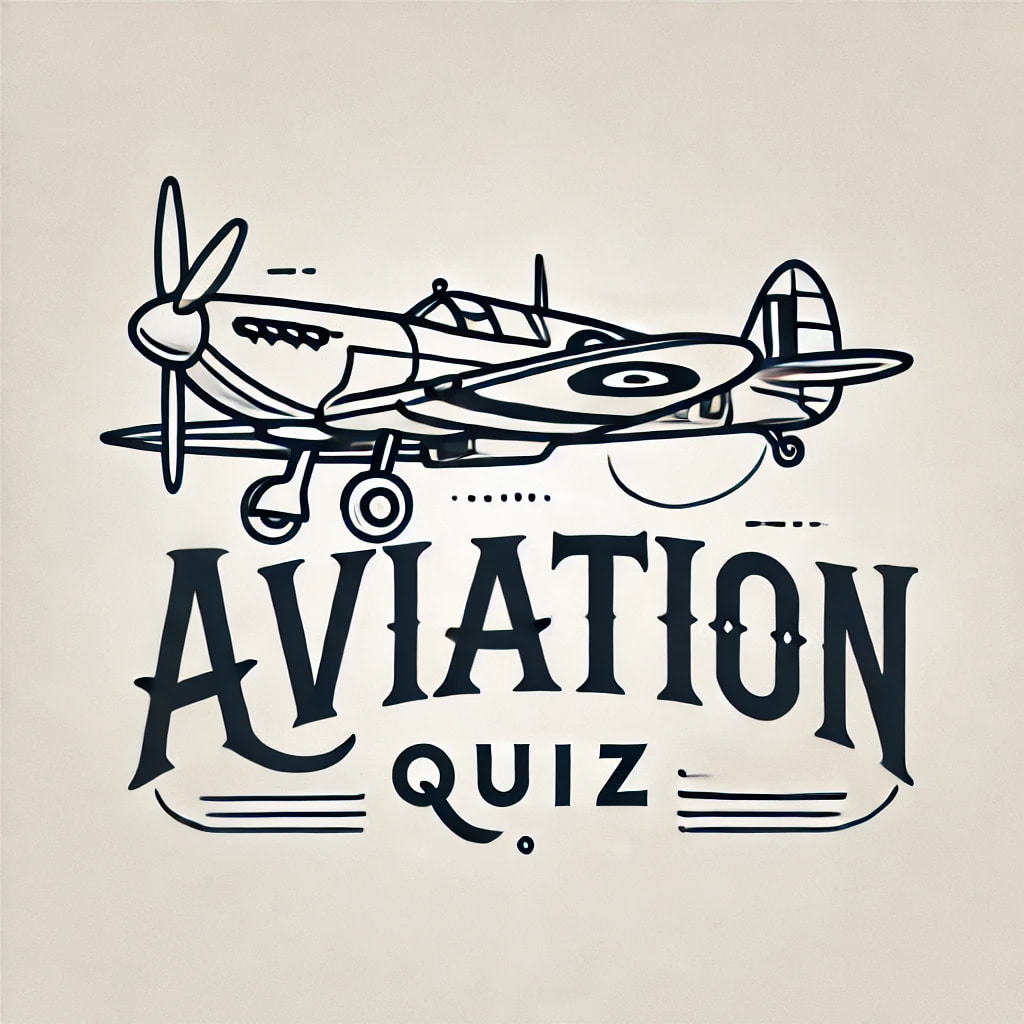This section contains all of the questions that could be a part of this quiz. The quiz will choose 15 random questions from the pool below. If you've found this section feel free to take a look but to start the quiz you should press "Start Quiz". You may also be thinking that some information is missing for some of the below questions and you'd be right! The answers listed below only contain answers that appear in the quiz, so as a hypothetical example, if a question asks about which aircraft can fly upside down the longest without refuelling and 4 options are given in the question, only the correct answer will appear in the below information. This is because this supplemental information is about the quiz itself and not intended as a comprehensive list. We hope you found the quiz to be entertaining and informative. If you haven't taken it yet, Good Luck!
Q1: Which engine type is most commonly used in modern commercial jetliners?
A1: Turbofan
Q2: What is the standard unit of altitude measurement in commercial aviation?
A2: Feet
Q3: Match each aircraft instrument to its primary function.
A3: Altimeter - Measures height, Airspeed Indicator - Shows velocity, Compass - Shows direction
Q4: Which of the following are primary flight controls on a fixed-wing aircraft?
A4: Ailerons, Elevator, Rudder
Q5: What is the main purpose of winglets on modern aircraft?
A5: Reduce drag
Q6: Arrange these aviation milestones in chronological order, from earliest to latest.
A6: Wright brothers' first flight, First jet aircraft, First supersonic passenger flight
Q7: Which frequency band is primarily used for aircraft communication with air traffic control?
A7: VHF
Q8: What is the service ceiling of an aircraft?
A8: Service ceiling
Q9: Which of the following are secondary flight controls on a typical aircraft?
A9: Flaps, Slats, Spoilers
Q10: Match each aviation weather phenomenon with its primary hazard.
A10: Clear air turbulence - Sudden jolts, Thunderstorms - Lightning risk, Icing - Lift reduction
Q11: What is the standard taxi speed for commercial aircraft on straight taxiways?
A11: 20 knots
Q12: Which colour is used for taxiway centreline lights at airports?
A12: Green
Q13: Arrange these aircraft speeds in ascending order.
A13: Stall speed, Rotation speed, Cruise speed
Q14: What is the minimum visibility requirement for most commercial aircraft to perform a Category I ILS approach?
A14: 1800 feet
Q15: What is the standard vertical separation minimum between aircraft flying above FL290?
A15: 1000 feet
Q16: Which pressure setting is used when flying at transition altitude and above?
A16: 1013.25 hPa
Q17: What is the typical cruise altitude of most commercial jet aircraft?
A17: 35,000 feet
Q18: What is the primary purpose of an aircraft's APU?
A18: Power supply on ground
Q19: What colour are runway edge lights during normal operations?
A19: White
Q20: What is the maximum tailwind component typically allowed for landing on a dry runway?
A20: 10 knots
Q21: What is the minimum flight crew rest period required between duty periods for long-haul flights?
A21: 12 hours
Q22: What is the standard wake turbulence separation time for a light aircraft following a heavy aircraft?
A22: 3 minutes
Q23: What is the minimum fuel reserve requirement for commercial flights under IFR conditions?
A23: 45 minutes
Q24: What is the maximum crosswind component for most commercial aircraft?
A24: 35 knots
Q25: What is the typical cabin pressure altitude maintained during cruise flight?
A25: 8000 feet
Q26: What is the standard rate of turn used in commercial aviation?
A26: 3 degrees per second
Q27: What is the minimum runway visual range (RVR) required for Category III ILS approaches?
A27: 50 metres

